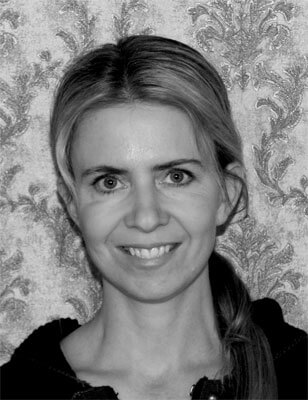Born in Springfield, Missouri, Julie Blackmon studied art education and photography at Missouri State University. She has received several national awards for her photographs, including commendation in the 2004 Santa Fe Center of Photography Project Competition, a merit award from the Society of Contemporary Photography, 2005 B& W Magazine Merit Award for Single Image Contest, 2006 1st Place for Domestic Vacations from the Santa Fe Center of Photograph Project Competition, 2006 Critical Mass Book Award Winner for Domestic Vacations, and recognized as American Photo’s Emerging Photographer of 2008. Her photographs are included in the permanent collections of the Kemper Museum of Contemporary Art, Kansas City, Museum of Fine Arts, Houston, Toledo Museum of Art, Portland Art Museum, Museum of Contemporary Photography, Chicago, among numerous others.
About Domestic Vacations:The Dutch proverb “a Jan Steen household” originated in the 17th century and is used today to refer to a home in disarray, full of rowdy children and boisterous family gatherings. The paintings of Steen, along with those of other Dutch and Flemish genre painters, helped inspire this body of work. I am the oldest of nine children and now the mother of three. As Steen’s personal narratives of family life depicted nearly 400 yrs. ago, the conflation of art and life is an area I have explored in photographing the everyday life of my family and the lives of my sisters and their families at home. These images are both fictional and auto-biographical, and reflect not only our lives today and as children growing up in a large family, but also move beyond the documentary to explore the fantastic elements of our everyday lives, both imagined and real. The stress, the chaos, and the need to simultaneously escape and connect are issue that I investigate in this body of work. We live in a culture where we are both “child centered” and “self-obsessed.” The struggle between living in the moment versus escaping to another reality is intense since these two opposites strive to dominate. Caught in the swirl of soccer practices, play dates, work, and trying to find our way in our “make-over” culture, we must still create the space to find ourselves. The expectations of family life have never been more at odds with each other. These issues, as well as the relationship between the domestic landscape of the past and present, are issues I have explored in these photographs. I believe there are moments that can be found throughout any given day that bring sanctuary. It is in finding these moments amidst the stress of the everyday that my life as a mother parallels my work as an artist, and where the dynamics of family life throughout time seem remarkably unchanged. As an artist and as a mother, I believe life’s most poignant moments come from the ability to fuse fantasy and reality: to see the mythic amidst the chaos.
Selected Books on

